
Anti-Inflammatory Diet Plan: Eating Your Way to Better Health
Anti-Inflammatory Diet Plan Inflammation is the body’s natural defense mechanism against injury, infection, or harmful substances. While short-term (acute) inflammation helps with healing, long-term (chronic) inflammation can contribute to serious health issues such as heart disease, diabetes, arthritis, and even certain cancers.
One of the most effective ways to combat chronic inflammation is through diet. An anti-inflammatory diet focuses on nutrient-rich foods that reduce inflammation, promote healing, and support overall well-being.
Why an Anti-Inflammatory Diet Matters
Chronic inflammation is often triggered by poor lifestyle habits, particularly diets high in refined sugars, processed foods, and unhealthy fats. Over time, these can lead to oxidative stress, which damages cells and tissues.
By choosing foods rich in antioxidants, healthy fats, fiber, and phytochemicals, you can reduce inflammatory markers in the body, improve immune function, and protect long-term health.
Core Principles of the Anti-Inflammatory Diet
An anti-inflammatory eating plan isn’t about strict calorie counting—it’s about making smarter food choices that naturally lower inflammation. The main principles include:
- Focus on whole, unprocessed foods like fruits, vegetables, nuts, and legumes.
- Prioritize healthy fats such as olive oil, avocados, and fatty fish.
- Limit refined sugars, white flour, and processed snacks.
- Stay hydrated with water and herbal teas instead of sugary drinks.
- Use herbs and spices with natural anti-inflammatory properties, like turmeric, ginger, and cinnamon.
Foods to Include in an Anti-Inflammatory Diet
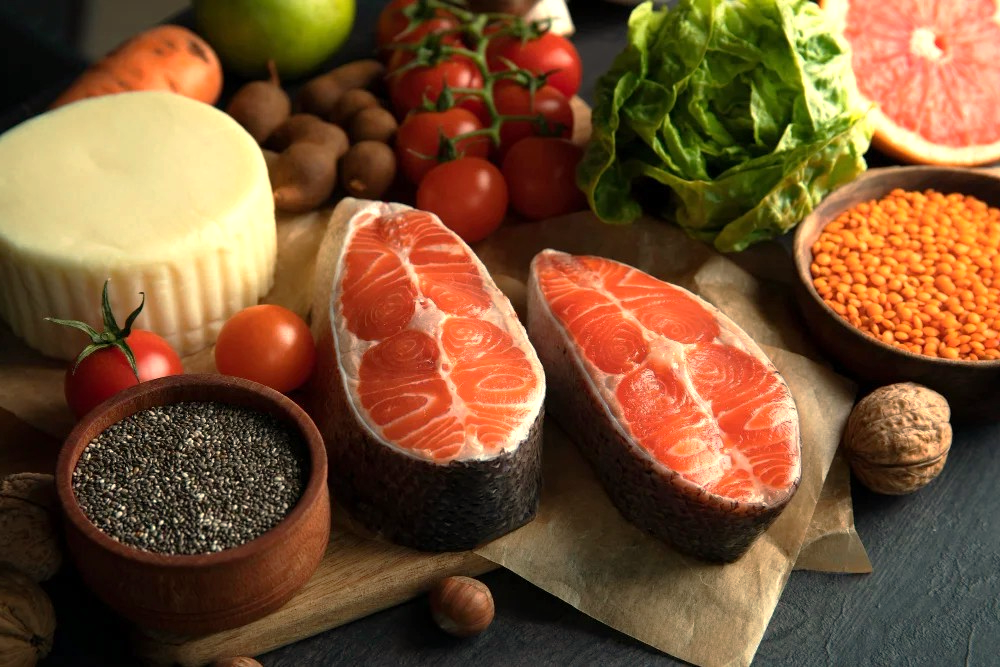
1. Fatty Fish
Salmon, mackerel, sardines, and tuna are rich in omega-3 fatty acids, which reduce inflammatory compounds and support heart and brain health.
2. Colorful Fruits
Berries, oranges, cherries, and grapes are loaded with antioxidants like vitamin C and flavonoids that fight free radicals and inflammation.
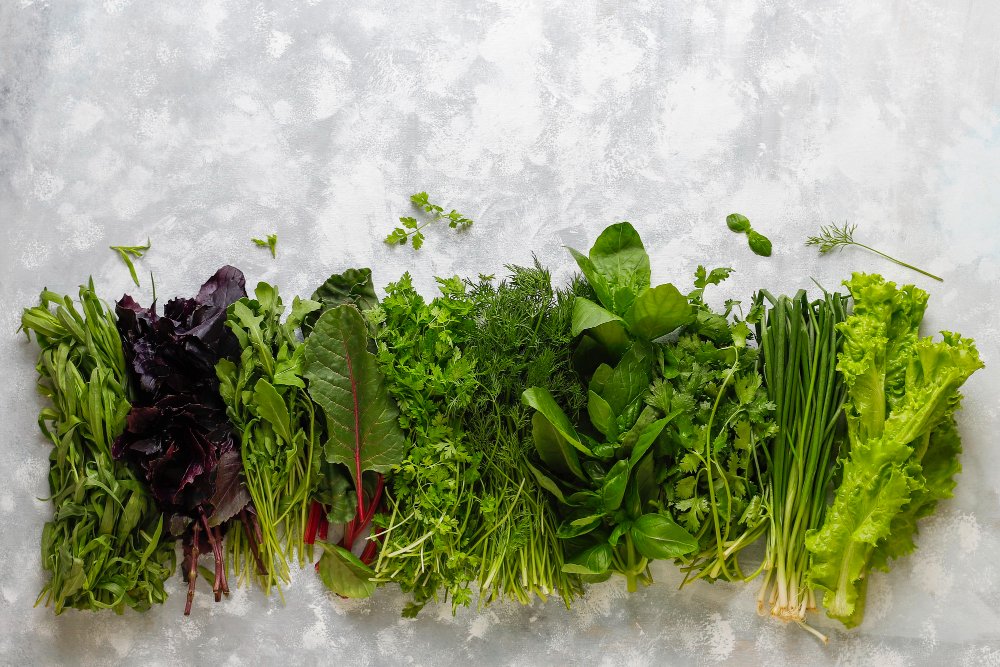
3. Leafy Greens
Spinach, kale, and Swiss chard provide vitamins, minerals, and polyphenols that protect against cellular damage.
4. Nuts and Seeds
Almonds, walnuts, chia seeds, and flaxseeds offer healthy fats and plant-based omega-3s that lower inflammation.
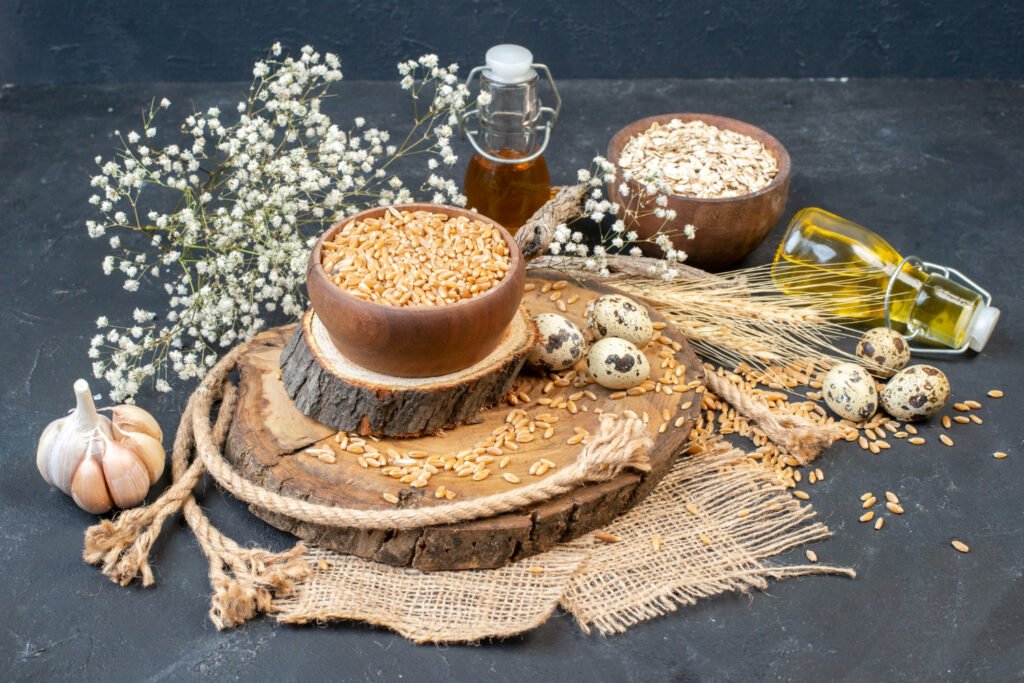
5. Whole Grains
Quinoa, brown rice, oats, and barley provide fiber that supports gut health, which in turn regulates immune function and reduces inflammation.
6. Legumes
Lentils, chickpeas, and black beans are rich in plant protein, fiber, and micronutrients with anti-inflammatory effects.
7. Olive Oil
Extra virgin olive oil is a staple in many healthy diets, providing monounsaturated fats and polyphenols that fight inflammation.
8. Herbs and Spices
Turmeric (curcumin), ginger, garlic, and cinnamon have been shown to naturally reduce inflammatory markers.
Foods to Avoid

- Processed snacks: chips, cookies, pastries
- Refined carbs: white bread, pasta, and sugary cereals
- Excessive red meat: particularly processed forms like bacon or sausages
- Fried foods: high in unhealthy trans fats
- Sugary drinks: soda, sweetened coffee, and energy drinks
- Excess alcohol: can increase inflammation and oxidative stress
Sample 1-Day Anti-Inflammatory Meal Plan
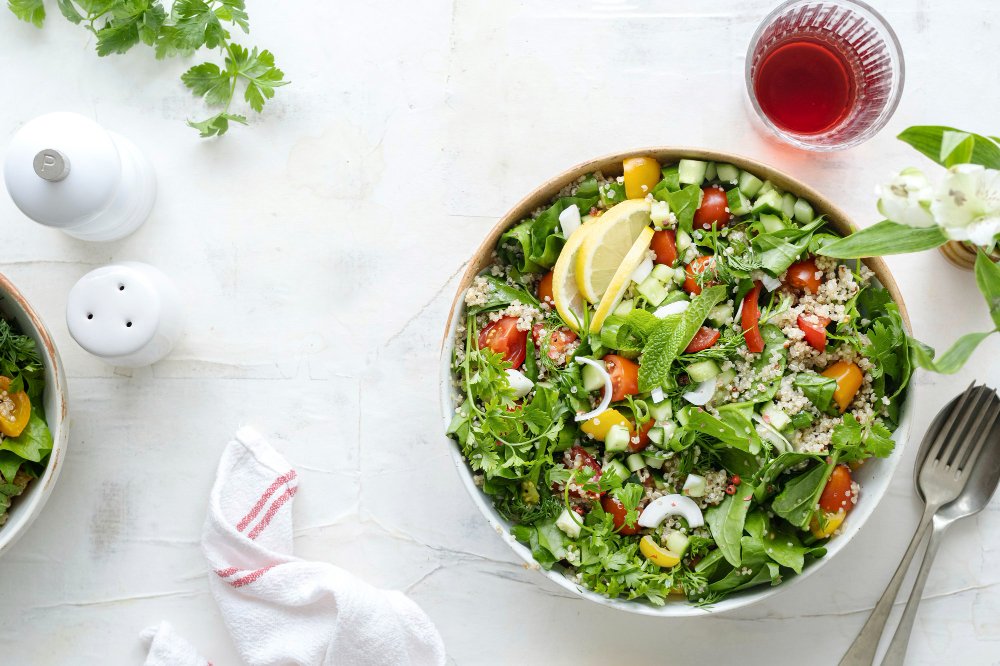
Breakfast
- Overnight oats made with almond milk, chia seeds, blueberries, and a sprinkle of cinnamon
- Green tea or herbal tea
Mid-Morning Snack
- A handful of walnuts and a small apple
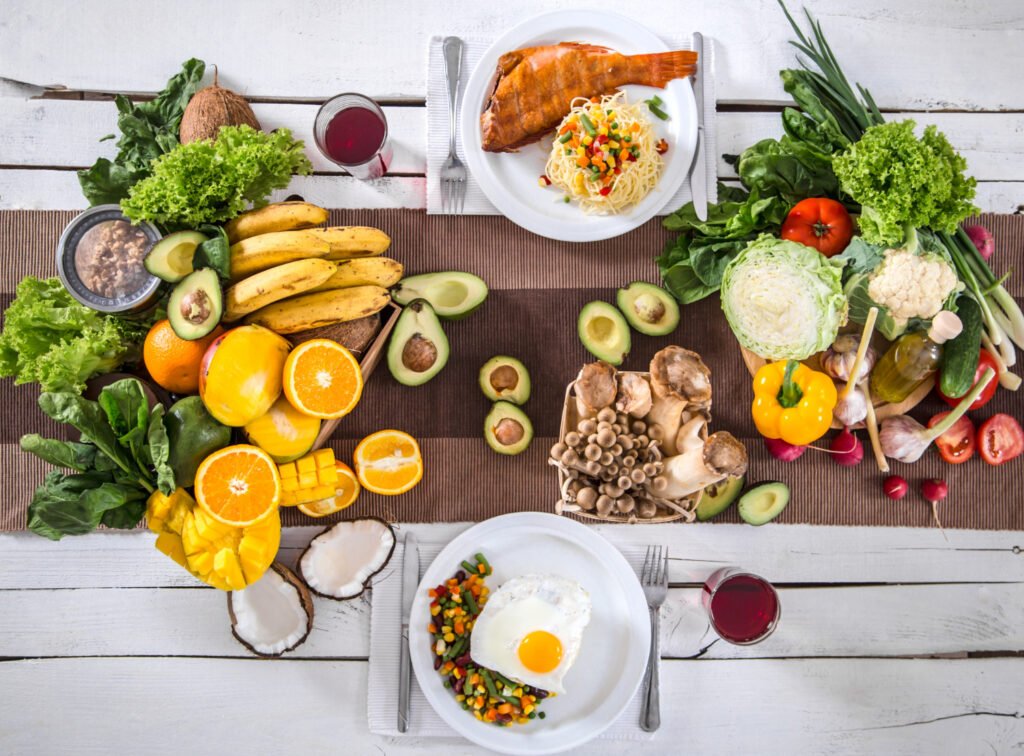
Lunch
- Grilled salmon served with quinoa, steamed broccoli, and a side salad with olive oil dressing
- A squeeze of lemon for flavor and extra vitamin C
Afternoon Snack
- Carrot sticks with hummus
- Herbal ginger tea
Dinner
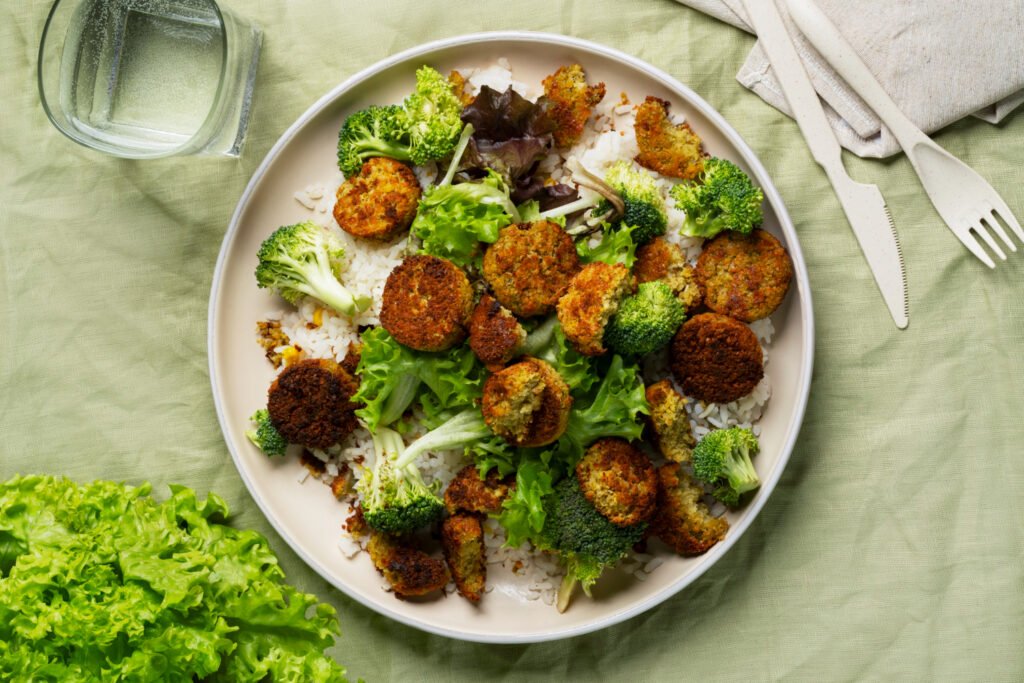
- Lentil and vegetable stew with turmeric and garlic seasoning
- A slice of whole-grain bread
- Side of sautéed spinach with olive oil
Evening Wind-Down
- Warm chamomile tea with a pinch of cinnamon
Lifestyle Tips to Support the Anti-Inflammatory Diet
- Stay consistent – Anti-inflammatory eating is a long-term habit, not a quick fix.
- Prioritize hydration – Water helps flush out toxins and maintain cell health.
- Practice mindful eating – Chew slowly and enjoy your meals to support digestion.
- Pair with exercise – Gentle movement like yoga, walking, or swimming further reduces inflammation.
- Manage stress – Chronic stress can trigger inflammation, so include relaxation techniques like meditation or deep breathing.
The Benefits You Can Expect
Following an anti-inflammatory diet may offer:
- Reduced joint pain and stiffness
- Improved digestion and gut health
- Better energy and mood
- Lower risk of chronic diseases
- Enhanced immune function

These benefits typically build over time as your body adapts to nutrient-rich, inflammation-fighting foods.
Final Thoughts
An anti-inflammatory diet plan is less about restriction and more about nourishing your body with foods that heal and protect. By filling your plate with colorful fruits, vegetables, whole grains, healthy fats, and lean proteins—and avoiding processed, sugar-laden foods—you can create a lifestyle that promotes longevity, vitality, and well-being.
Remember, before making major dietary changes, consult with a healthcare professional, especially if you have existing health conditions. With consistent effort, you can use food as a powerful tool to reduce inflammation and support a healthier, happier life.
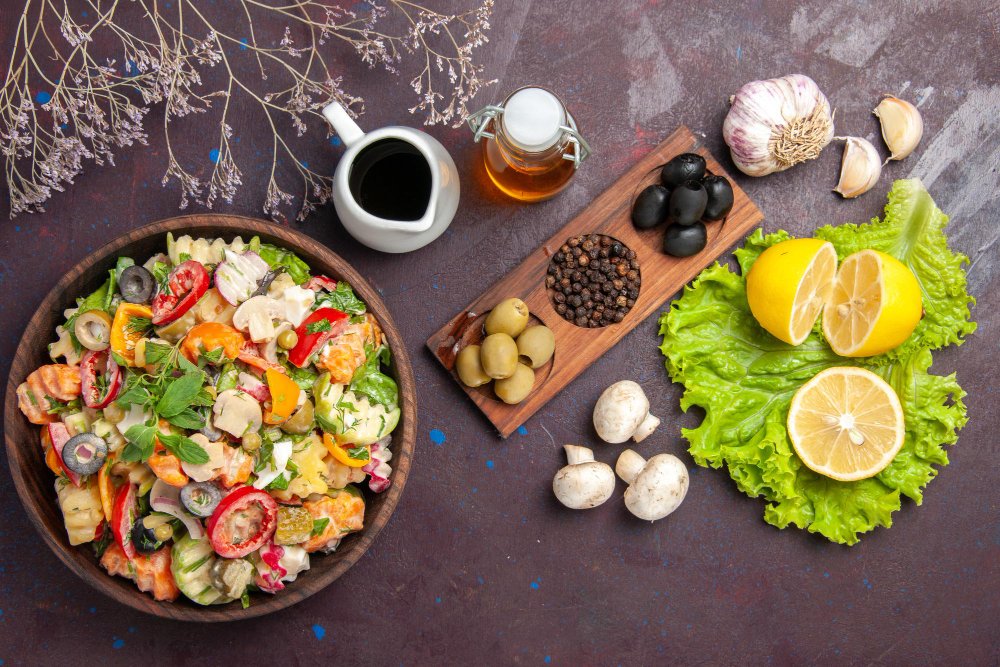

Sidra
August 13, 2025“An anti-inflammatory diet isn’t just food—it’s fuel for healing, helping your body fight pain, boost energy, and glow from the inside out!”
Aiman Fatima
October 8, 2025🌿 “Great article! An anti-inflammatory diet is such a powerful way to support overall health and prevent chronic illness.”